When Will I Start Seeing Hair Transplant Results?
Discover how your new hair grows month by month until you achieve natural, long-lasting results.
2/24/20252 min read
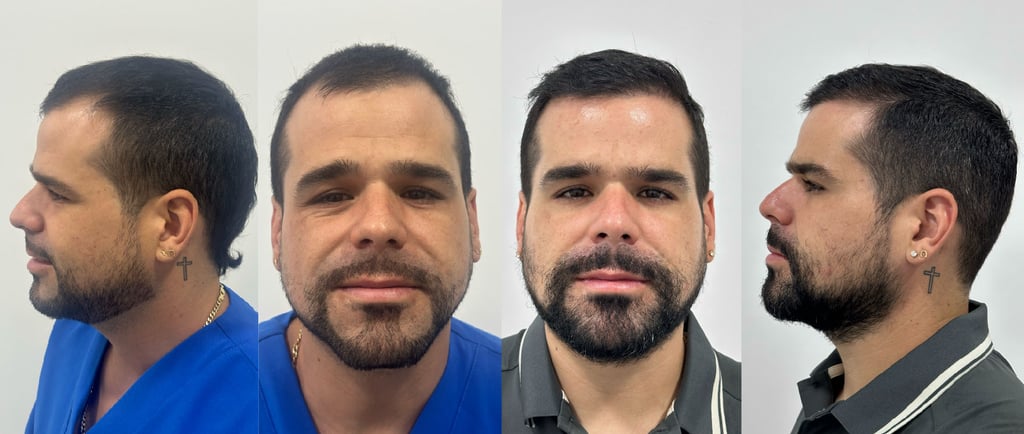

How Long Does It Take to See Results from a Hair Transplant?
One of the most frequently asked questions during consultations is: “When will I see the results of my hair transplant?” The answer varies for everyone—it depends on multiple factors, from the technique used to your post-op care. In this article, we’ll explain what to expect after the procedure, how hair growth evolves month by month, and what you can do to support your final results.
What Is a Hair Transplant?
A hair transplant is a minimally invasive surgical technique that involves extracting hair follicles from a donor area (usually the back of the head) and implanting them in areas with baldness or thinning hair. Depending on the technique used—such as FUE (Follicular Unit Extraction) or DHI (Direct Hair Implantation)—the procedure may vary slightly, but the goal is the same: to achieve natural and permanent hair growth.
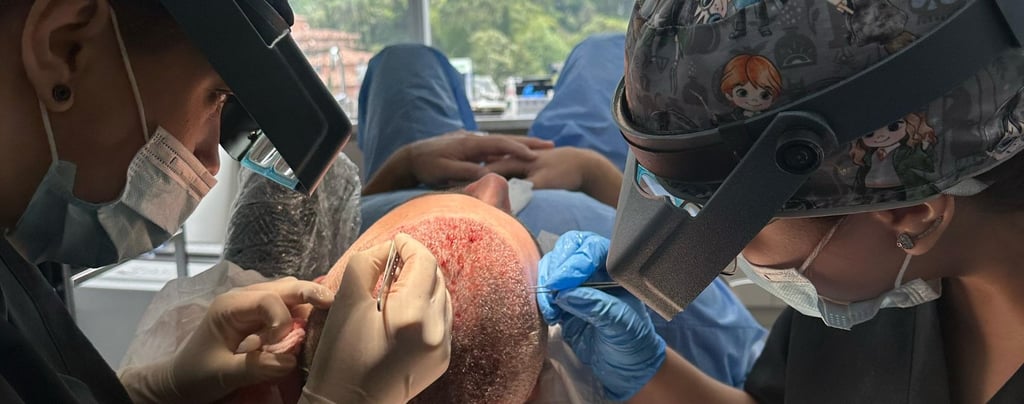

Timeline of Hair Growth After a Hair Transplant
First 7 Days
Light scabbing forms on the implanted areas.
Mild redness and swelling gradually subside.
Avoid touching or rubbing the treated areas.
2 to 4 Weeks
Implanted hair begins to fall out, which is completely normal.
This “shock loss” phase happens as follicles enter a resting phase.
1 to 3 Months
Hair remains in the telogen (resting) phase.
Little to no visible change may cause some anxiety.
Continue following medical care instructions.
3 to 4 Months
New hair begins to grow.
Around 30–40% of follicles start showing life.
Hair appears fine at first, but thickens over time.
6 Months
Significant improvements in density and coverage.
About 60–70% of the final result is visible.
Hair gains natural texture and volume.
9 to 12 Months
Results become more noticeable and defined.
90–100% of the final result is achieved.
Hair looks thicker, healthier, and more natural.
12 to 18 Months (in some cases)
In areas like the crown, final results may take longer.
This period also allows for touch-ups if needed.
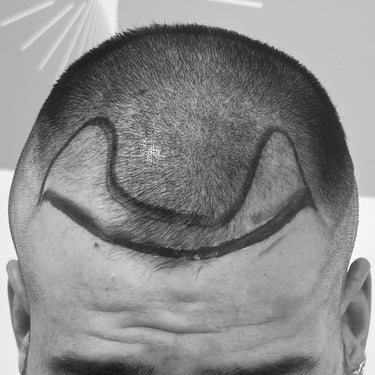
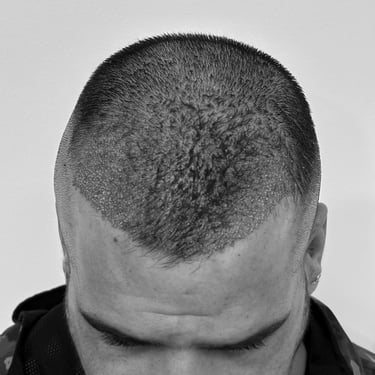
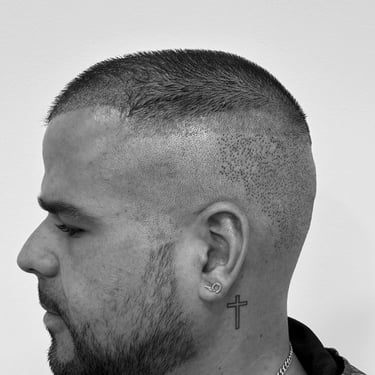
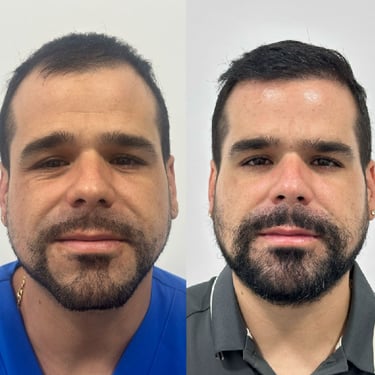
Factors That Affect the Timing of Results
Technique Used (FUE vs. DHI)
DHI often offers faster recovery.
FUE allows for broader coverage with precision.
Area Treated
Hairline and temples usually show results sooner.
Crown and scarred areas may take more time.
Donor Area Quality
High follicle density improves aesthetic results.
Strong, healthy follicles lead to thicker, more resilient hair.
Patient’s Age and Genetics
Younger patients may experience faster growth.
Genetic factors influence growth speed and quality.
Postoperative Care
Proper washing, sun protection, and medical guidance accelerate results.
Complementary treatments like LED therapy can support hair growth.
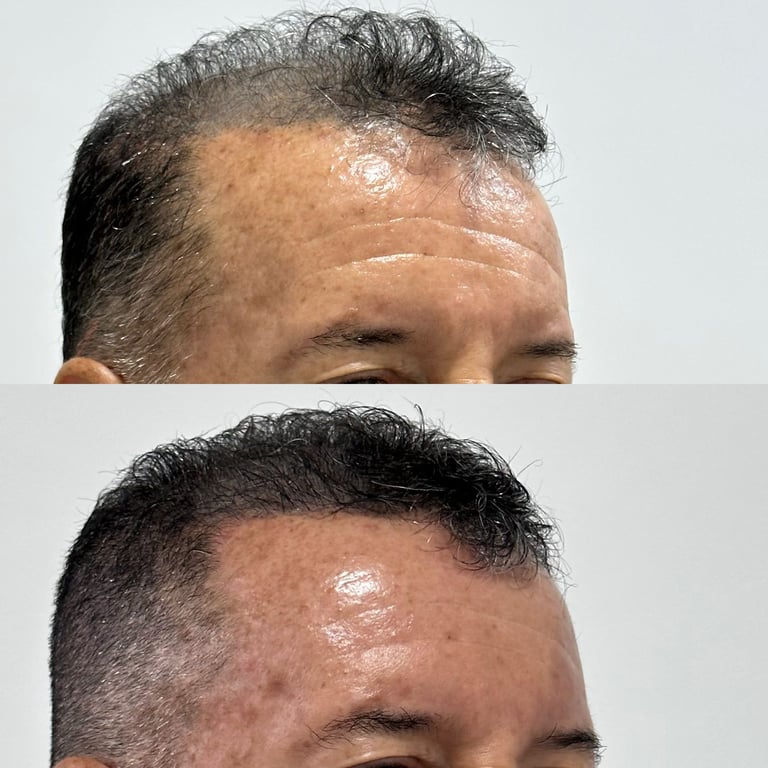
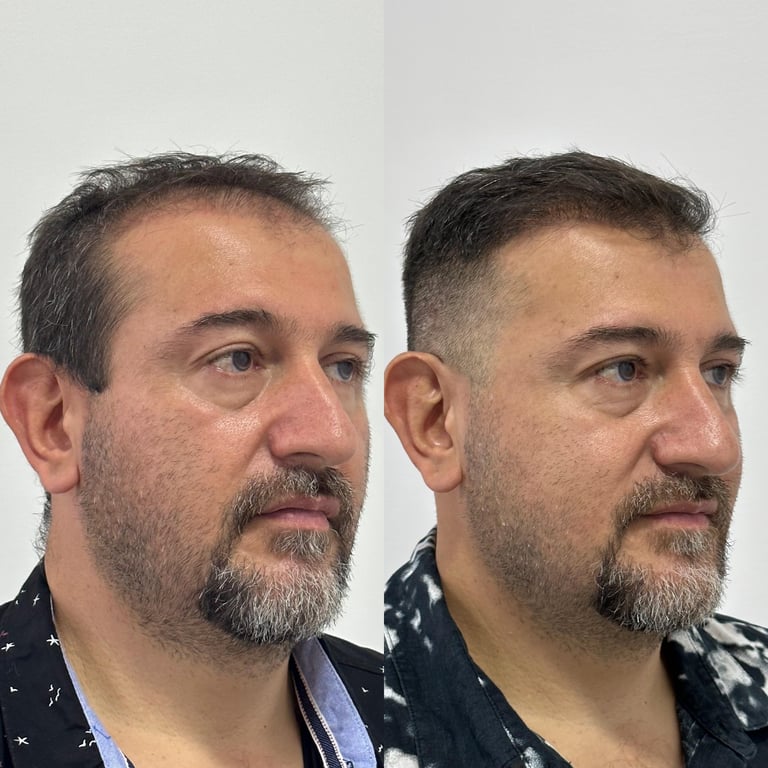
Tips to Improve and Accelerate Results
Follow all post-op instructions carefully.
Avoid alcohol and tobacco to aid healing.
Eat a diet rich in vitamins A, B, C, and E.
Consider hair supplements under medical advice.
Avoid wearing helmets or caps during the first month.
When to Contact Your Doctor
If no growth is visible after 4 months.
If you experience prolonged redness, pain, or irritation.
If you’re considering a second session to increase density.
"Patience Brings Reward"
A hair transplant is a medium-term investment. While results aren’t immediate, the wait is worth it. With the right technique, proper care, and realistic expectations, you’ll enjoy strong, natural, and long-lasting hair.
Ready to restore your image?
Schedule your in-person or virtual consultation and find out if you’re a good candidate for a successful hair transplant.


